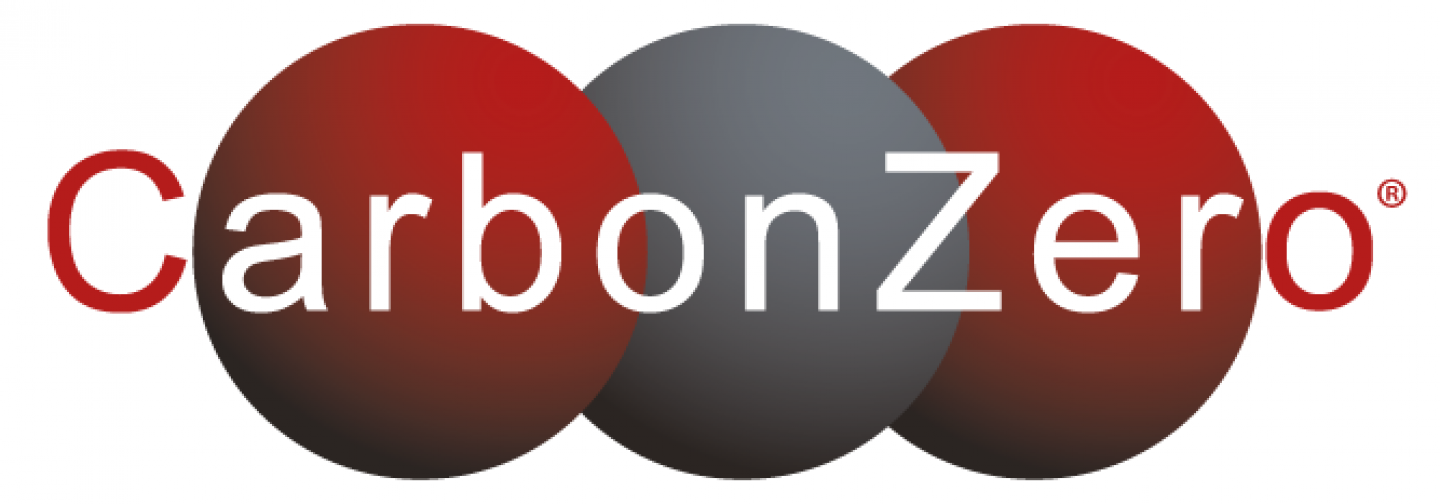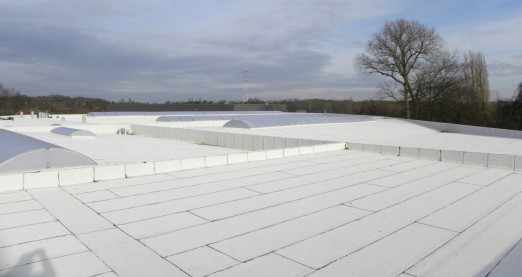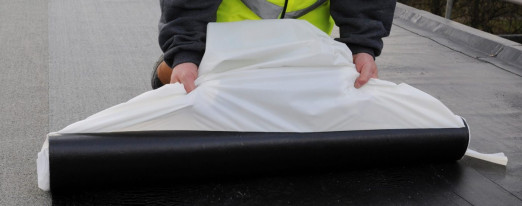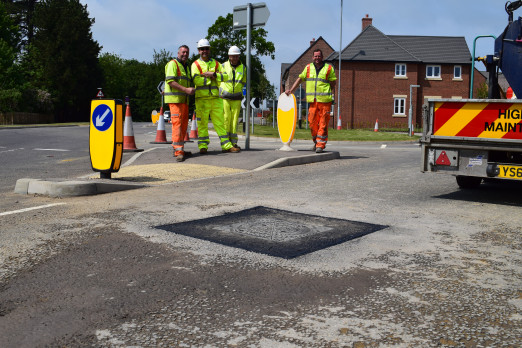n January 2008, UK mastic asphalt became the first industry in the world to achieve the CarbonZero™ standard. To achieve CarbonZero™ status, the UK mastic asphalt industry is effectively taxing itself in the interests of the environment. Individual companies have taken this route before but this is a world first for an entire industry.
Through CO2balance, IKO provides a mastic asphalt solution with no discernible carbon footprint. By pooling resources and reaching a unanimous decision, we are now in a position to influence the green thinking of every industry in the world. Through this remarkable feat, we want to inspire the entire construction industry – in Britain, Europe and across the globe – to unite with us in the battle against climate change. We are delighted to be leading the way in offsetting carbon emissions but hope it’s not too long before others join us in setting the CarbonZero™ standard.
From January 2015 to December 2018 IKO has been involved in a number of projects that contributed to the CarbonZero™ programme, ran by co2balance. In total this equated to offsetting 5,723.69 tonnes of CO2, which is the equivalent of;
- 16,599 UK houses filled with CO2
- 2,683 return flights from London to New York
- Driving round the circumference of the Earth 674 times
- CO2 emissions from 143 million brews
The Kenyan Energy Efficient Stove Project builds energy saving cooking stoves for villages in Kenya. These brick stoves result in a 50% reduction in the need for firewood and thereby prevent carbon from being emitted. In addition to carbon prevention it also provides families with a cost and time effective method to cook with.
The reduced need for firewood helps to prevent deforestation, creating knock on benefits to the wildlife in terms of habitat and flood prevention. It is also a healthier method of cooking as it reduces in-door smoke by half. In-door smoke is a serious problem in Africa and the World Health Organisation dubbed it the ‘Kitchen Killer’, as it is responsible for 2 million deaths in Africa every year. Other co-benefits of the project include:
- Reduced deforestation and degradation of surrounding forests
- Reduced soil erosion, nutrient loss and risk of flooding
- Reduced cooking and wood collection time; householders can spend more time on other household tasks, as well as schooling and supervising children
- Reduced exposure of firewood collectors (mainly women) to hazards in remote areas
- Reduced burns and injuries from exposure to an open fire
The project is based around the rehabilitation of boreholes in Northern Uganda, supplying families with fresh clean water. As well as the natural health benefits, it means that families no longer have to boil the water, saving firewood and thereby preventing carbon emissions from being released.
Access to safe drinking water is a serious issue in Africa effecting the health and well-being of local communities. A survey by the International Institute for Environment and Development (2009) revealed that there are an estimated 50,000 defective water supply installations (IIED 2009). In addition, it was estimated that 40-50% of hand pumps in sub-Saharan Africa were not working (Diwi Consult & BIDR, 1994). In addition to funding the borehole rehabilitation, the carbon credits that this project produces creates a funding mechanism to deliver a long-term maintenance programme for the boreholes.



